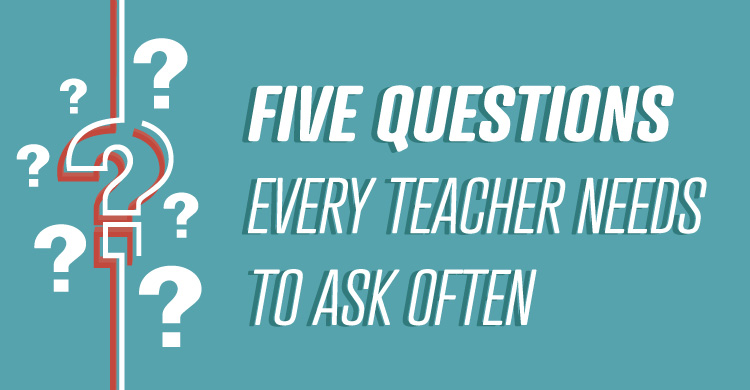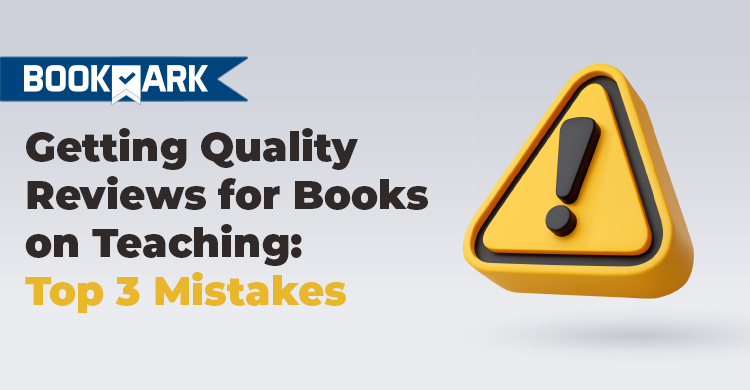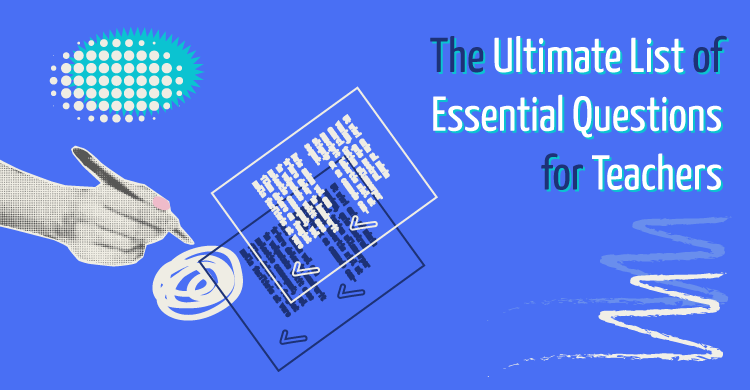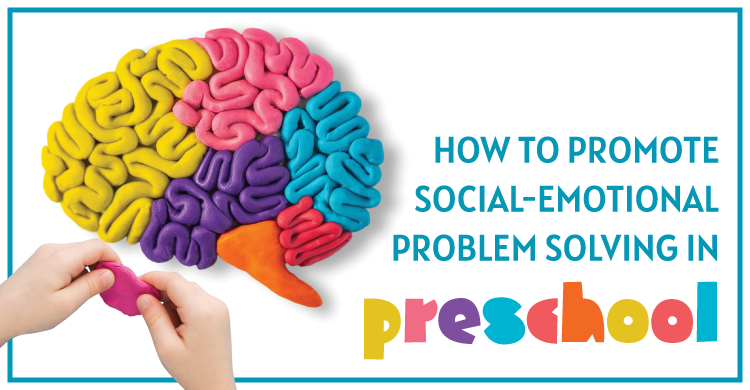Based on Teaching for Lifelong Learning: How to Prepare Students for a Changing World.
In today’s uncertain and changing world, teachers need to continually ask themselves five questions that help them to decide on what’s important to teach and how to teach in order to prepare students for future success. They are useful questions to ask for both in person and online teaching situations.
What can I do to:
- Develop a positive classroom and school climate, culture, and environment for learning?
- Focus student learning around relevant, meaningful, important, and significant content and vital skills?
- Help students apply and deepen learning and become independent learners?
- Help to broaden and enrich student experiences, interests, and talents?
- Help students meet high-quality standards and share their learning and work with others?
What can I do to develop a positive climate, culture, and environment for learning?
Four key aspects of a positive learning climate, culture, and environment are that:
- Teachers and students have positive relationships and built trust between them
- Teachers focus on developing student strengths, growth, and improvement
- Students are curious about, interested in, and actively engaged in their learning
- Students take pride in the results of their learning and work and are willing and able to share their work with others
A significant sign of a positive learning culture and environment is that students have a “growth mindset,” and are curious about and interested in learning. According to psychologist Carol Dweck (2006), people with a growth mindset see themselves as learners who are motivated to learn and thrive on new challenges. They believe that their intelligence and skills are flexible, and they can improve on what they are able to do and understand by being persistent in the face of difficulties, practicing in ways that make improvements to their learning, and finding others to provide help when needed. They see themselves as “unfinished,” growing, and improving as they move along life’s journey.
Teachers can develop a positive learning culture and environment by:
- Focusing learning around essential, compelling questions
- Developing more meaningful, authentic tasks
- Using engaging activities
- Encouraging students to work hard and praise them for their efforts
- Providing models and examples of success to help them improve
- Providing suggestions and feedback for improvement
- Giving students many opportunities to improve their learning and their work
What can I do to focus student learning around relevant, meaningful, important, and significant content and vital skills?
Often teachers try to cover too much material with too little meaning for students. Through the analysis of standards, texts, and other sources, it should be possible to narrow down and identify key underlying, foundational concepts, ideas, understandings, and essential, compelling questions that will provide a central focus for what is to be learned at all levels, K–12. This will help to make learning more meaningful to students, as well as to focus and deepen learning.
Teachers also need to decide on critical skills that will become the focus of learning and improvement. To help make this decision, I have identified five skill sets that I believe should be the major skills focus in order to prepare students for the future (Seif, 2021):
- Develop Understanding
- Conduct Research
- Become Thoughtful
- Communicate Well
- Collaborate
Teachers should regularly revisit whether their content focus is on relevant, important, meaningful content and whether vital skills are the focus of learning.
What can I do to help students apply and deepen learning and become independent learners?
When students apply and deepen learning, they are able to independently examine and analyze thoughtful challenges, problem solve, complete research projects from start to finish, debate issues, and pursue their interests. They can improve their learning on their own and to seek aid and support when needed. They build on and take their concepts, knowledge, and skills to new and deeper levels of understanding, thoughtfulness, complexity, and creativity.
Teachers need to revisit how they can help students apply their learning, work independently, and deepen learning through such activities as independent projects, authentic tasks, and persuasive essay assignments.
What can I do to broaden and enrich student experiences, interests, and talents?
Given the bewildering array of options and choices confronting individuals in today’s and tomorrow’s world, students need to broaden and enrich their experiences in order to have an understanding of the wider world and the choices, options, and variety that exist there, and to expand and discover their interests, talents, strengths, and goals.
Helpful experiences might include field trips to museums, zoos, supermarkets, and factories; opportunities to select books to read or projects to do based on their personal interests; having options such as learning to play a musical instrument, joining an orchestra, playing chess, singing in a choir; involvement in an academic competition; joining an interest club; traveling to other parts of the United States or to a foreign country (or virtual travel); interviewing people outside the school or members of the local community; doing community service; apprenticing for a local employer, and so on.
One way to provide these types of experiences is to develop many classroom activities that allow for student choices and options during the learning process. Education author Mike Anderson (2016) says that student choice is more relevant and important than ever because of the following reason:
“As students come to us with increasingly complex needs and abilities, they need diverse and personally relevant opportunities to learn and practice skills and content. When students leave school, they will enter a world where self-motivation, creativity, autonomy, and perseverance are all critically important, and these are characteristics that are hard to practice in an environment centered on standardization and compliance. When students have more choice about their learning, they can both find ways of learning that match their personal needs and engage with work more powerfully, building skills and work habits that will serve them well as lifelong learners. (p. 3).”
What can I do to help students meet high-quality standards and share their learning and work with others?
Opportunities for feedback, improvement and personal growth cannot be overemphasized in a program that prepares students for their future. Formative assessments provide students with helpful feedback and give students the opportunity to improve their work. They also provide feedback and guidance so that teachers know what students have learned well and poorly, and they then can better decide on the next teaching steps.
Some instructional activities are especially useful as formative assessments. Open-ended writing assignments can first be written in draft form so that students can be given helpful feedback to improve their writing skills. Performance tasks not only can provide opportunities for significant learning and practice of many vital skills, but also can enable teachers to give students helpful feedback and coaching as they work on their projects, in order to improve research, writing, and thinking skills.
Student portfolios or interactive notebooks are also a way for students to demonstrate that they show progress over time and meet high standards. Portfolios, which collect student work over time, can help to assess a student’s overall growth and achievement. Interactive notebooks–used to take notes, record, collect, and organize information in traditional formats and also to process information and reflect on learning–can also be used to demonstrate improved learning and achievement over time.
Finally, opportunities for students to share and present their work through projects, tasks, essays, and the like, should be a regular part of the school experience.
Teachers should periodically revisit how they build in opportunities for improvement of student work and learning, and how students are given opportunities to share and present their work.
Conclusion
Asking these five questions on a regular basis can provide a focused way to improve teaching and learning and better prepare students to live in a changing, uncertain world of the future. As these questions are considered and examined, many resources can be helpful in providing answers. Continually revisiting and examining these five questions will help every teacher improve teaching practice, promote student success, and better prepare students for the difficulties and challenges that lie ahead.
One helpful approach is to think about how to structure teaching and learning within a four-phased instructional framework, examined in greater detail in a previous blog on this site and also further explored in my book Teaching for Lifelong Learning (2021). The book also provides more detailed insights into how to develop understandings, teach the five skill sets, use formative assessment strategies, incorporate the four-phase model of instruction, deepen learning, build in change, and much more.
References:
Anderson, M. (2016). Learning to choose, choosing to learn: The key to student motivation and achievement. Alexandria, VA: Association for Supervision and Curriculum Development.
Dweck, C. S. (2006). Mindset: The new psychology of success. New York: Random House.
Seif, E. (2021). Teaching for lifelong learning: How to prepare students for a changing world. Bloomington, IN: Solution Tree Press.






